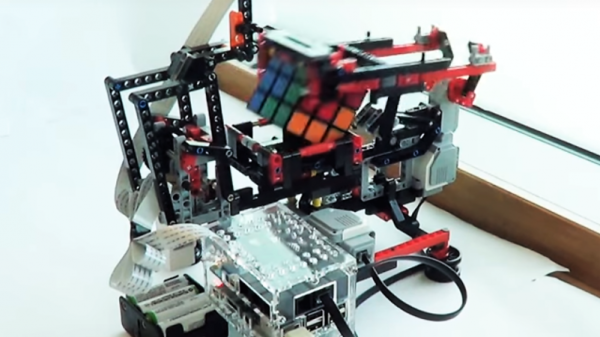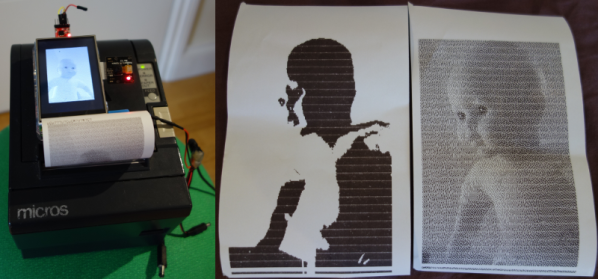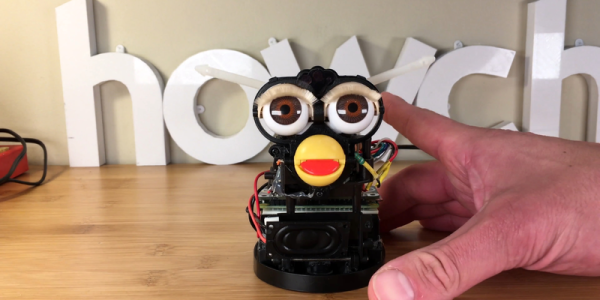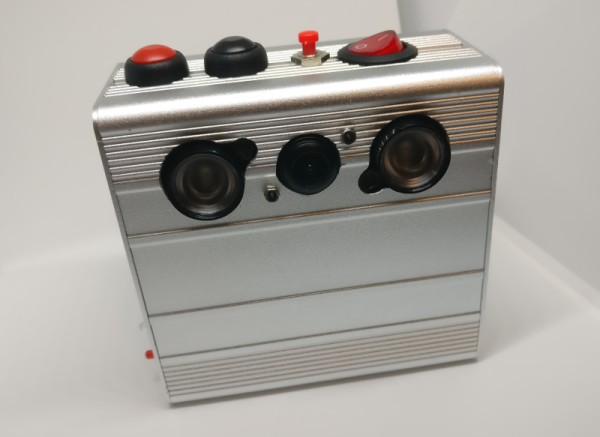Charcuterie is delicious — but is it hackable? When talking about the salty preserved meats, one might be more inclined to indulge in the concept of bacon before pondering a way to integrate an electrical monitoring system into the process. However, [Danzetto] decided to do both when he did not have anywhere to cure his meats. He made his own fully automatic meat curing chamber lovingly called the curebOS with the aid of a raspberry pi. It is basically a beefed up mini fridge with all of the bells and whistles.

This baby has everything. Sitting on top is a control system containing the Pi. There are 5 relays used for the lights, circulating fan, ventilating fans, refrigerator, and humidifier all powered by a 5 amp supply — minus the fridge. Down below that is the 3D printed cover with a damper for one of the many ventilation fans that regulate the internal temperature. To the right is a touchscreen for viewing and potentially controlling the system if necessary. The control program was written in Python for viewing the different trends. And below that, of course, is a viewing window. On the inside are temperature and humidity probes that can be monitored from the front screen. These readings help determine when to activate the compressor, any of the fans, or the humidifier for optimal settings. For a final touch, there are also some LEDs placed above the hanging meat to cast a glowing effect upon the prized possessions.
Continue reading “Meet The Modern Meat Man’s Modified Meat-Safe”


















